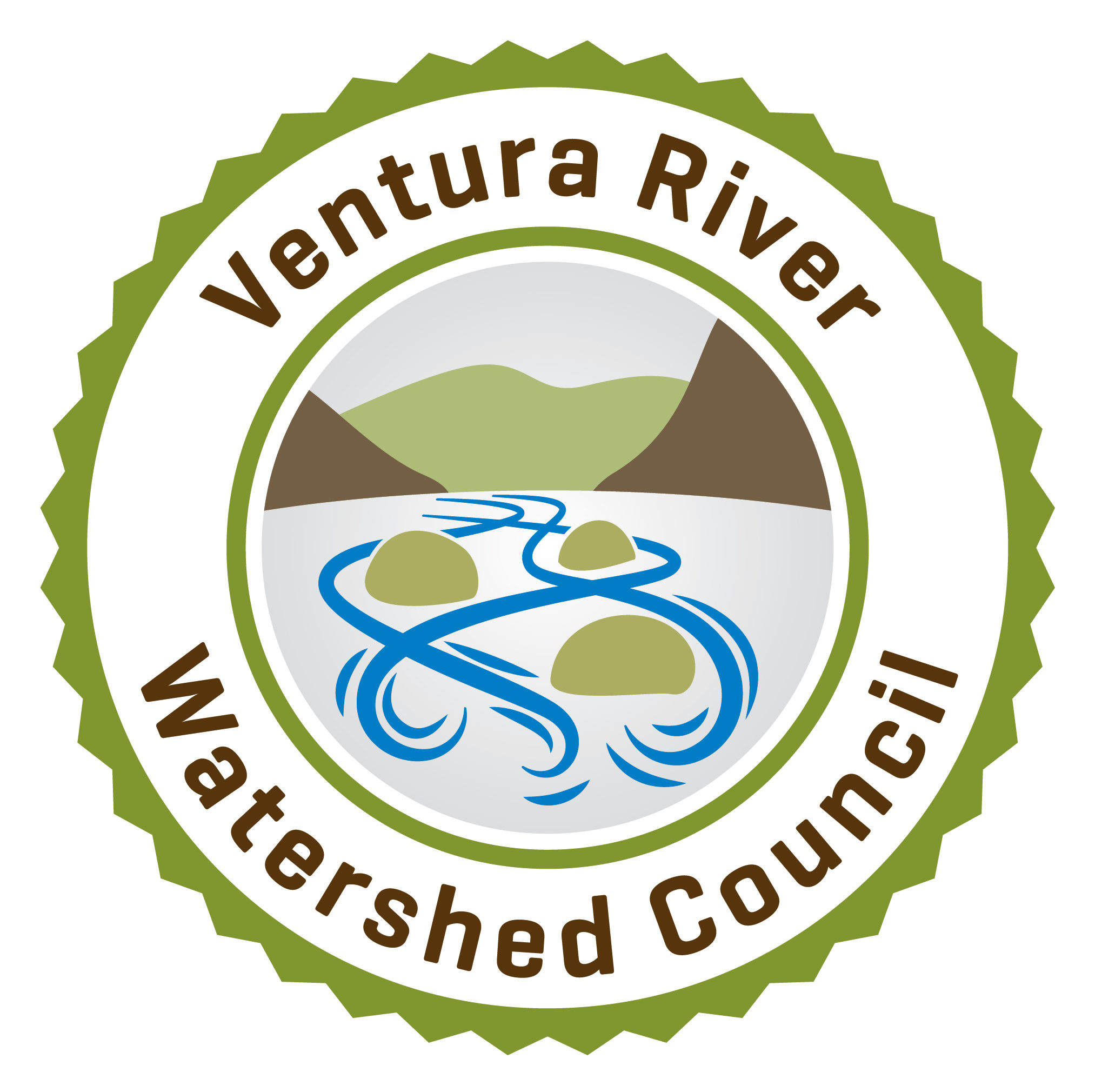by Cinnamon McIntosh, Water Conservation specialist, Casitas Municipal Water District
I am a local water conservationist. A significant aspect of my job is dependant upon my ability to start and sustain conversations about water. If we can get everyone talking about where their water comes from, how they use it, and what they can do to help conserve it, then we can make significant water use changes in our communities. Let’s look at some of my more frequent conversations. Perhaps they will inspire you to carry on similar water conversations in your home, neighborhood, at coffee shops and meetings.
“We are not currently in a drought, so why conserve water?” One of my standard responses to this question is “The opposite of conserving is ‘wasting’.” Most of us feel uncomfortable wasting money, gas, and other items. Wasting water should feel even more uncomfortable because we share it with the environment. Wasteful water use drains our local reservoirs and groundwater basins. In my service area, it literally drainsLakeCasitas. One of the easiest ways to conserve is to embrace technology. New toilets, washing machines, and irrigation controllers help save water without you even realizing it. Plus, many water districts offer financial incentives to encourage you to adopt these new technologies. Another severe drought will hit our region some day. Let’s make sure we are prepared.
“How much should I water my lawn or garden?” Overwaterers are often shocked when I exclaim, “It doesn’t rain this much inIreland!” In fact, an overwatered lawn often drinks more than twice the annual Irish amount of rainfall in the wettest areas! Simple calculations can determine precisely how much water your landscape needs. Many water districts offer free home water surveys to help you figure out exactly what your garden needs, in case you don’t know where to start. Visit water district websites to get easy tips to reduce your landscape use. One simple way to lower the water demand in your planting beds is by mulching, which prevents evaporation and plant heat stress. Sometimes free mulch is available from local cities and sanitary districts.
“I don’t like California Native Plants.” Well, some are not stunners, it is true. However, many are amazing! Check out the varieties and hybrids that growers have developed in recent years. Most natives rely on deep-digging tap roots and only perform vibrantly when their roots are established. Unfortunately, this is not the condition you will find them in at your local nursery. Native plants in 4” pots are not showing you their true colors! Beautifully done native gardens have appeared in landscape magazines many times. Copy their designs! Grass is useful for pets and children, but the unused square lawn is a landscape principal that stems from Victorian English row houses. It is a dinosaur of colonialism. If you just can’t seem to grasp the beautiful concept of native gardens, then I promise there are plenty of lovely Australian, South African, and Mediterranean plants requiring nearly no irrigation that are gorgeous, too! Visit the “Waterwise Gardening forVenturaCounty” Website (www.ventura.watersavingplants.com) to see over 40 landscapes throughoutVenturaCounty that have adopted waterwise plants. You will find a customizable plant database that enables you to print lists of your favorites which you can take to your local nursery. You do not need to be a designer to re-create the gardens you find there!
May is Water and Watershed Awareness Month. As warmer weather approaches, conversations about water conservation can affect positive change.
I invite you to begin all sorts of water conservation conversations with your family, friends, and neighbors at home, coffee shops and meetings. Also, speak with your local water provider to see what conservation programs and services are available to you. In turn, help your local water district keep an eye on the environment by keeping an eye on your own irrigation system! Check it monthly, enjoy summer, and be mindful of your water use.
